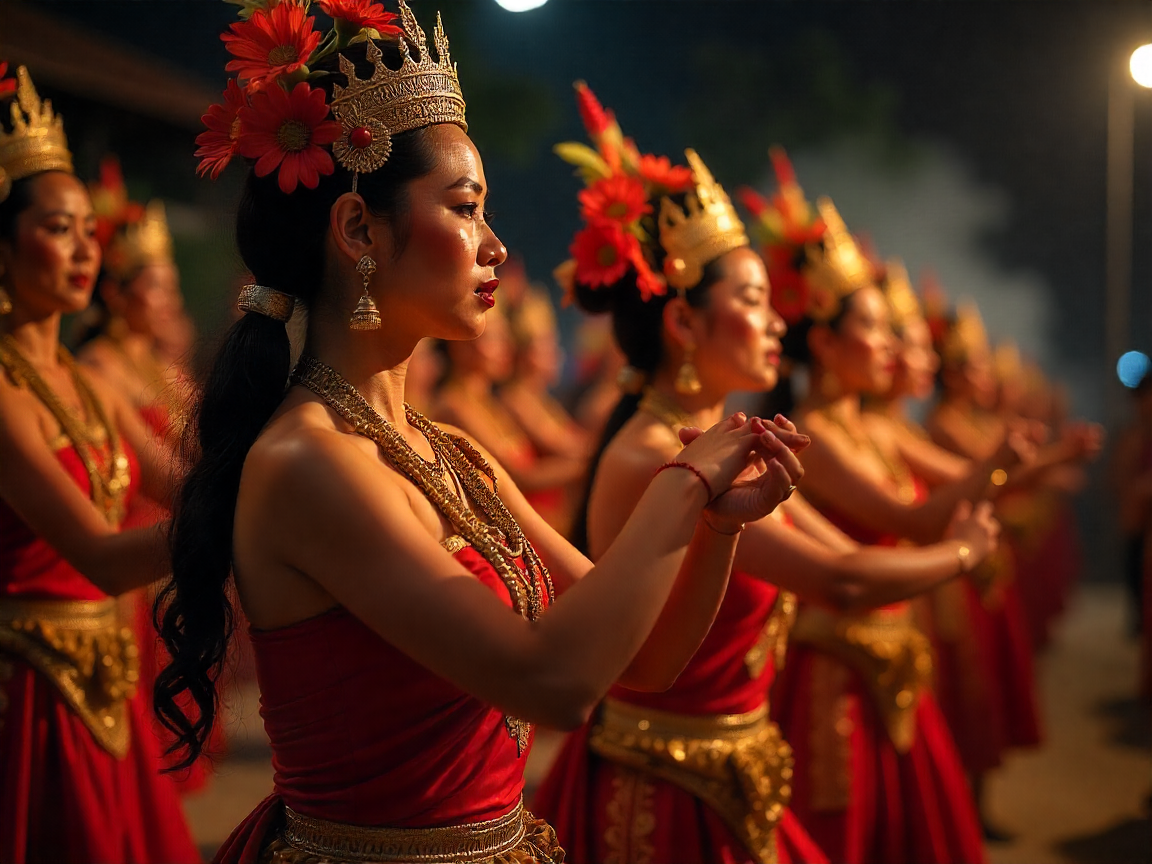Indonesia’s Tourism Focus: A Double-Edged Sword
Indonesia’s tourism landscape is largely dominated by Bali, often overshadowing the potential that other islands hold. This tendency not only leads to overtourism and environmental challenges in Bali but also hampers economic growth in less-visited regions, stifling their development potential. If the nation hopes to entice more visitors and restore the economic vibrancy lost during recent global challenges, a more balanced approach is paramount.
The Ongoing Challenge of Overtourism
Bali has made a name for itself as a prime travel destination, but this fame comes at a cost. The rising number of visitors is causing gridlock on its roads, noise pollution, and an alarming environmental toll characterized by trash overflowing from cans and drainage systems. On the flip side, stunning places like Ora Beach and Lake Toba remain significantly underdeveloped, deprived of essential infrastructure and necessary connections for tourists.
Underappreciated Gems: Ora Beach and Lake Toba
Ora Beach, situated on Indonesia’s Seram Island, offers a near-Maldives experience, complete with lush vegetation and breathtaking cliffs. In stark contrast, Bali is mired in traffic and overcrowding. The government, however, remains predominantly fixated on Bali, aiming to extend its tourism offerings into sectors such as medical tourism and family office hubs, which dilutes its core tourist appeal.
Investing in Infrastructure: A Must for Diversification
To bolster tourism across the archipelago, investment in infrastructure is crucial. Local operators like Irfan Muddin, who manage resorts in areas like Ora Sunrise View Resort, advocate for improved connectivity to tap into the potential of other destinations. For instance, establishing an airport on Seram Island could facilitate both domestic and international reaches.
Economic Indicators of a One-Trick Pony
Despite Indonesia’s impressive inventory of over 17,000 islands, tourism has yet to bounce back to pre-Covid levels overall, with Bali continuing to attract the lion’s share of foreign visitors. The disproportionate growth rate leads to questions about whether Indonesia is effectively capitalizing on its tourism potential. Samer El Hajjar of Singapore’s NUS Business School posits that the divide between Indonesia’s tourism potential and the policies currently in place is wider than one might expect. It’s clear that powering the many gems dotted throughout Indonesia requires a collaborative effort across government bodies to break down silos that are currently impeding growth.
The Future of Indonesian Tourism
Expectations are high as Bali seeks to reestablish itself as a luxury destination post-pandemic. However, while foreign visitors flock to Bali for its mix of nightlife and wellness tourism, the economic benefits seem to be ebbing. The decline in average spending from international tourists, particularly those from China, has raised concerns about the sustainability of this focus.
Challenges Beyond Bali
Moving away from the Bali-centric model poses its challenges. For instance, reaching idyllic sites such as Lake Toba requires navigating limited ferry schedules and long travel times. This accessibility issue is a significant barrier that deters tourists from exploring these beautiful locales.
Recognizing the Importance of Diverse Offerings
The Indonesian government has previously sought to create several “new Balis” by developing other tourist hotspots. However, many of these initiatives have faltered due to lack of persistent commitment. Yet, as Lavanya Venkateswaran from Oversea-Chinese Banking Corp points out, not developing remote destinations represents a lost opportunity, not merely economically but culturally and ecologically as well.
Making the Most of Tourist Dollars
For effective tourism growth in Indonesia, there is a pressing need for a unified strategy that allows for unique offerings under one national umbrella. Balancing growth across its diverse regions can help Indonesia realize its full potential as a tourism powerhouse in Southeast Asia.
Tourism Development Strategies
- Investment in infrastructure facilities like airports and improved connectivity.
- Promotion of lesser-known destinations such as Seram Island and Lake Toba.
- Collaboration among regional and national governmental bodies to implement cohesive strategies.
Why Personal Experience Is Key
While reviews and feedback offer valuable insights into travel experiences, nothing compares to the joy of discovery through personal exploration. Booking your adventures with verified providers ensures transparency and affordability. Visit GetExperience.com to find experiences that cater to your interests. From cultural programs to adventure activities, it’s all about making your trip memorable and hassle-free.
Final Thoughts on Indonesia’s Tourism Path Forward
In conclusion, the challenges faced by Indonesia’s tourism sector highlight the necessity for a more balanced and diverse approach. By leveraging its underexplored islands, investing in robust infrastructure, and strategizing holistically, the archipelago can rise as a competitive player in the international tourism scene. With options ranging from φιλικά προς το περιβάλλον σαφάρι άγριας ζωής στο διαδραστικά διαδικτυακά πολιτιστικά εργαστήρια, visitors to Indonesia have countless avenues waiting to be explored. Book your trip now on GetExperience.com.

